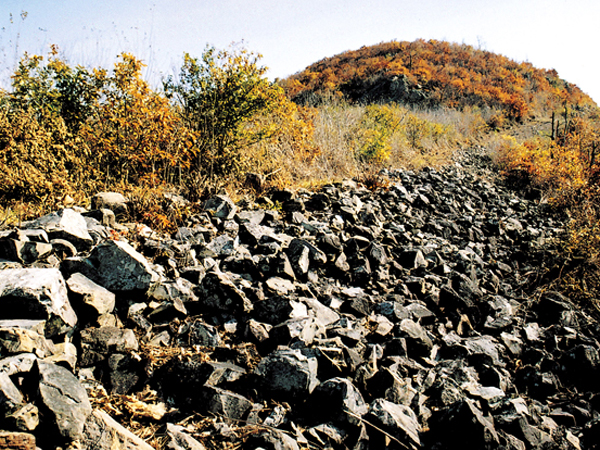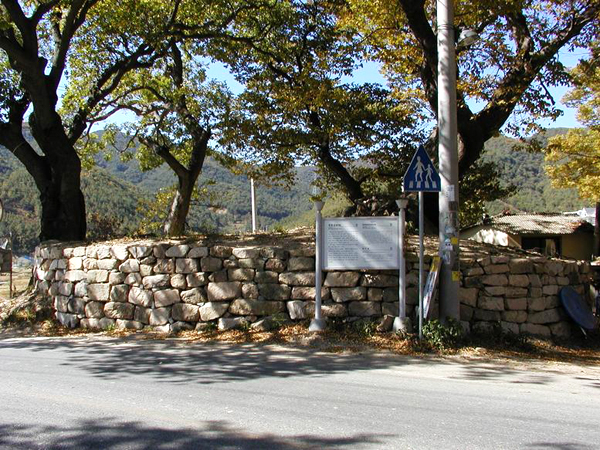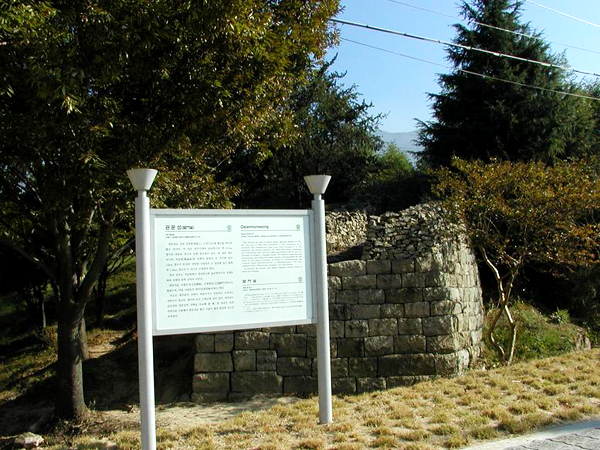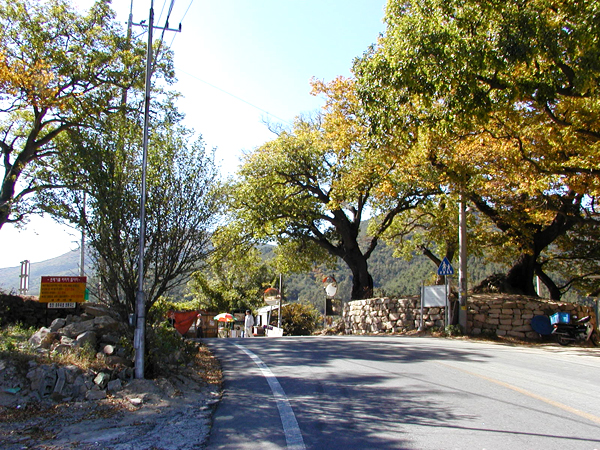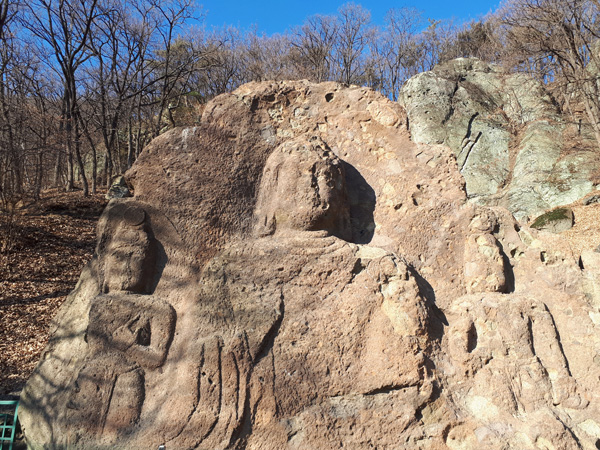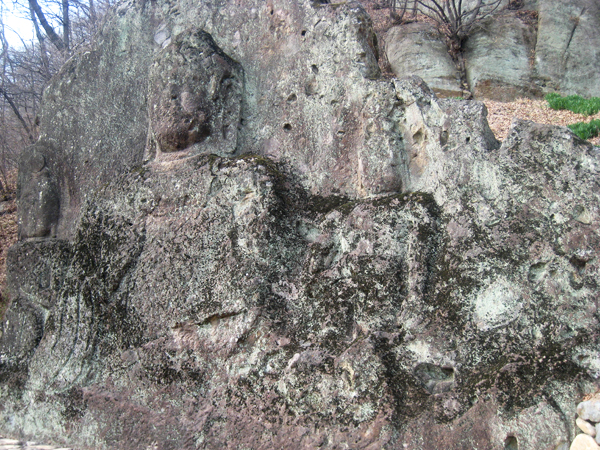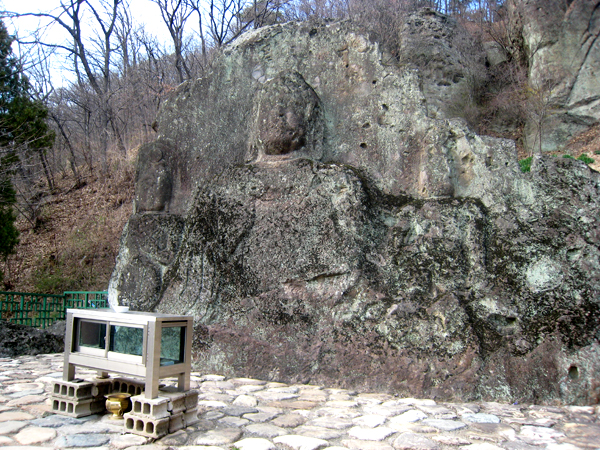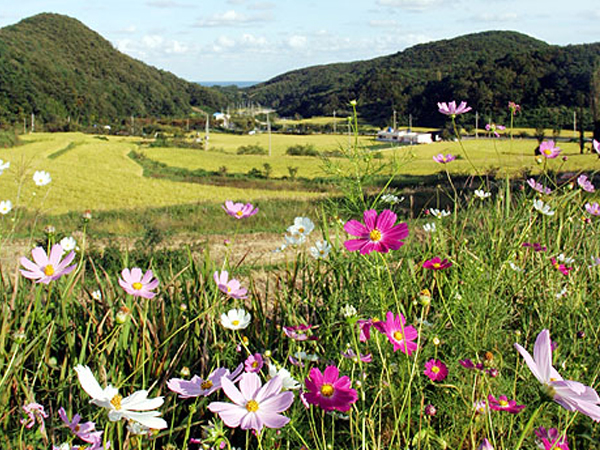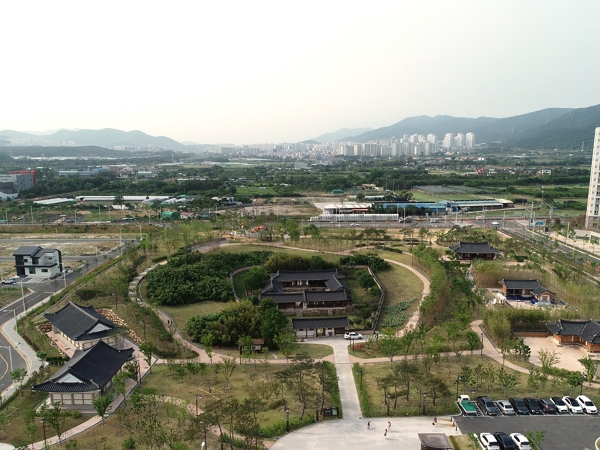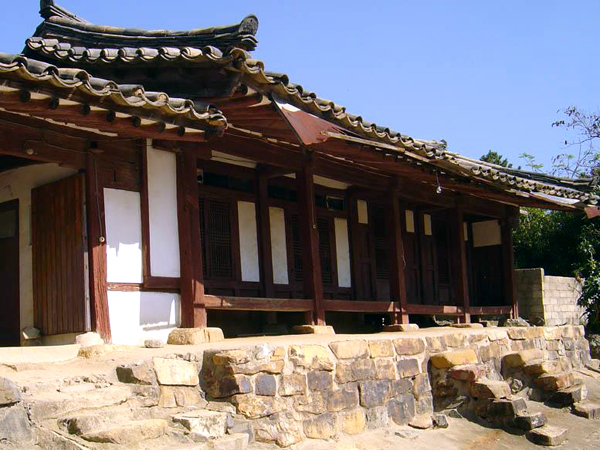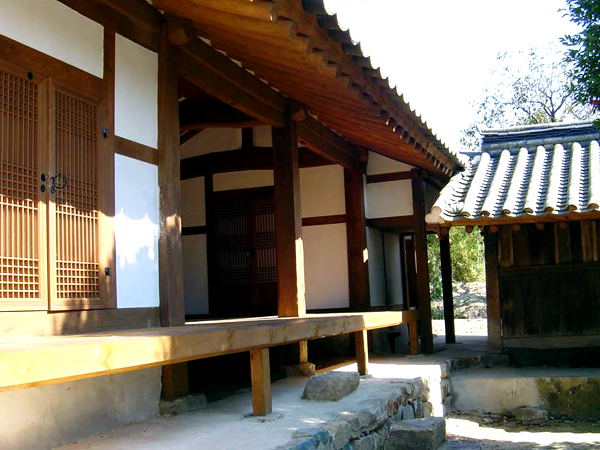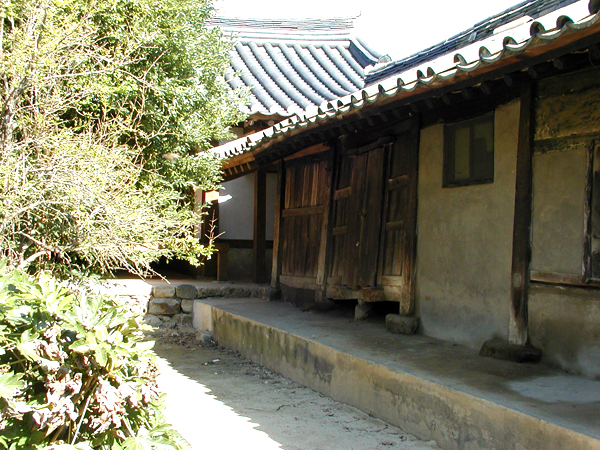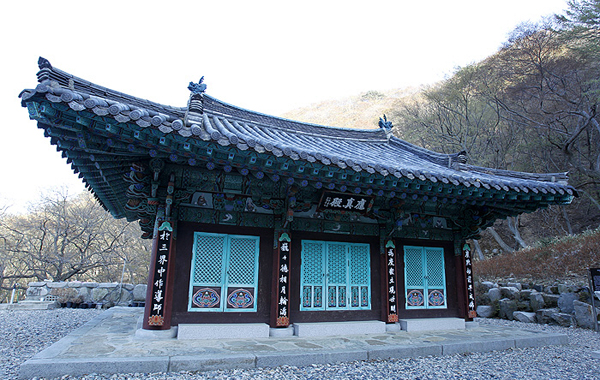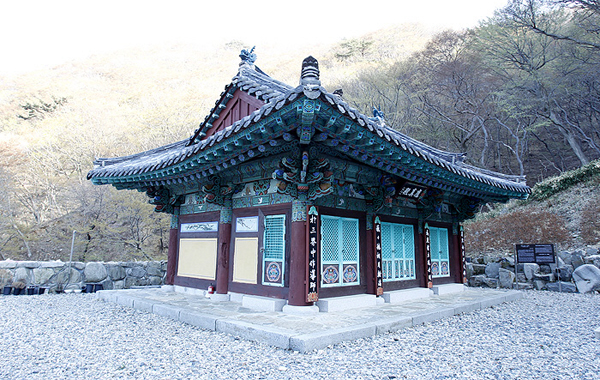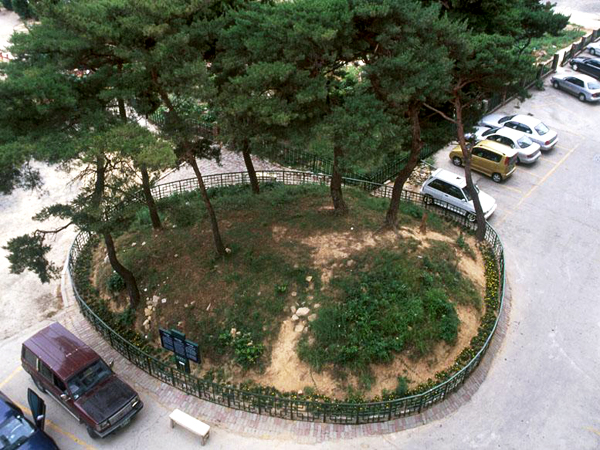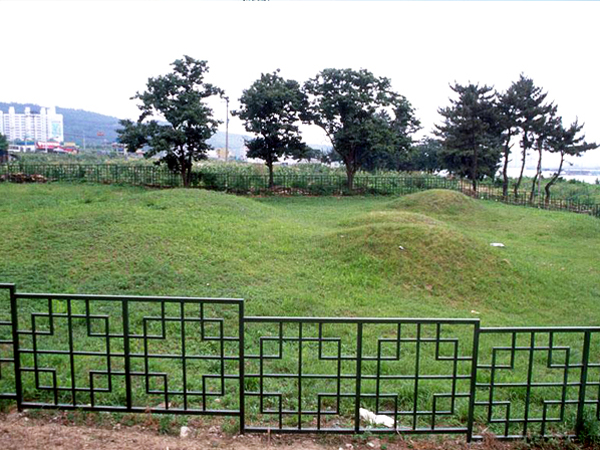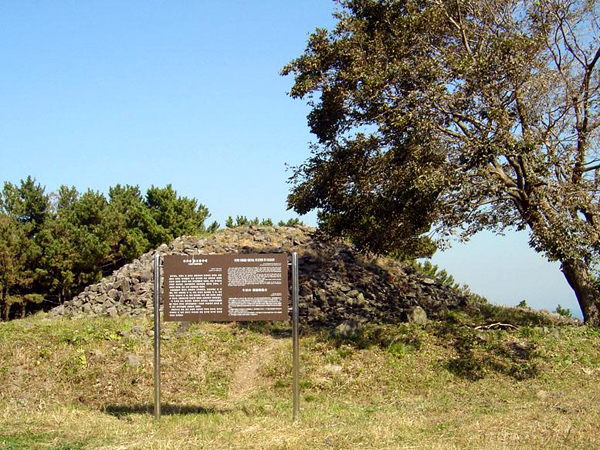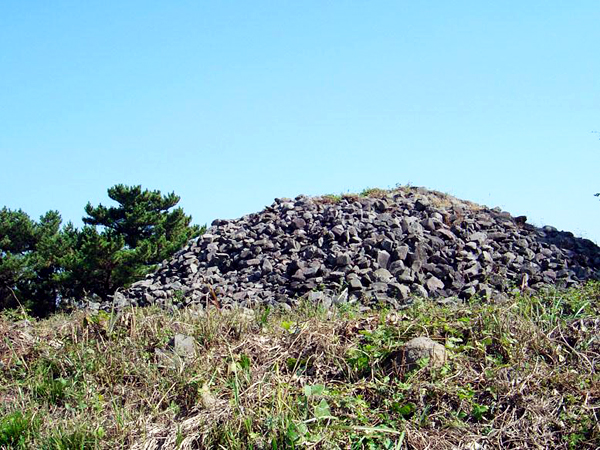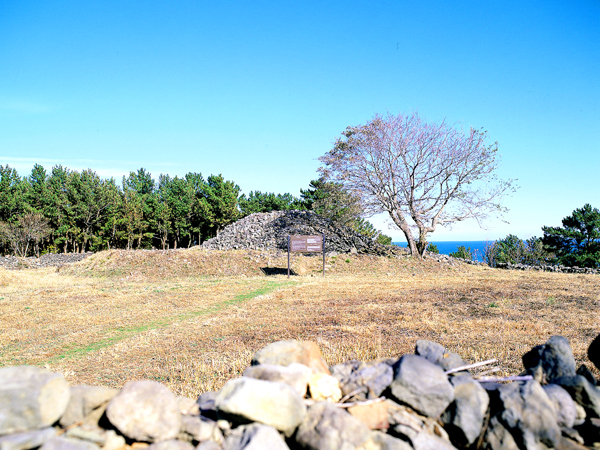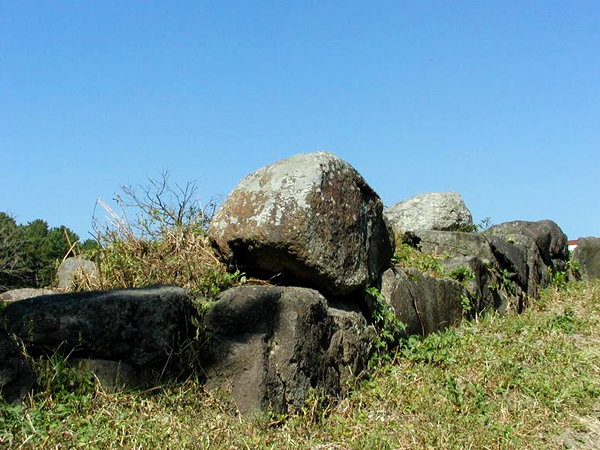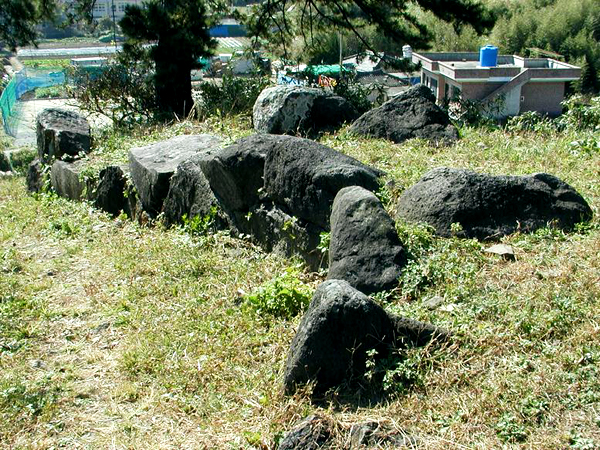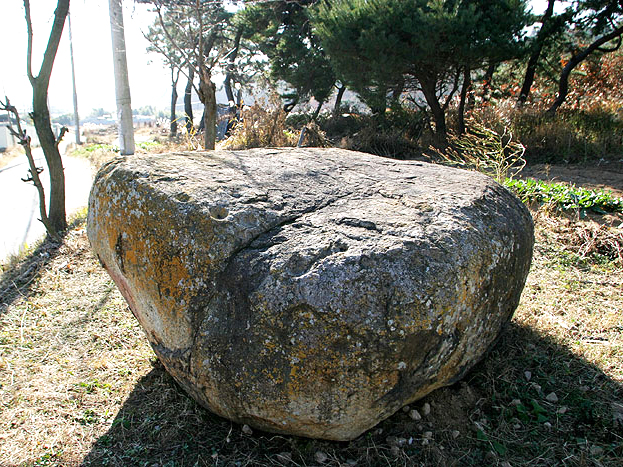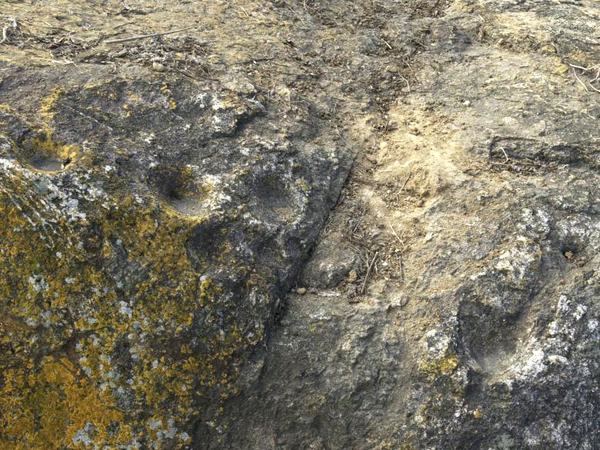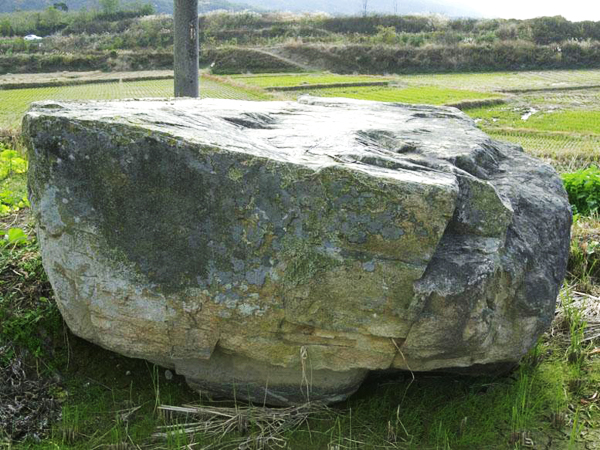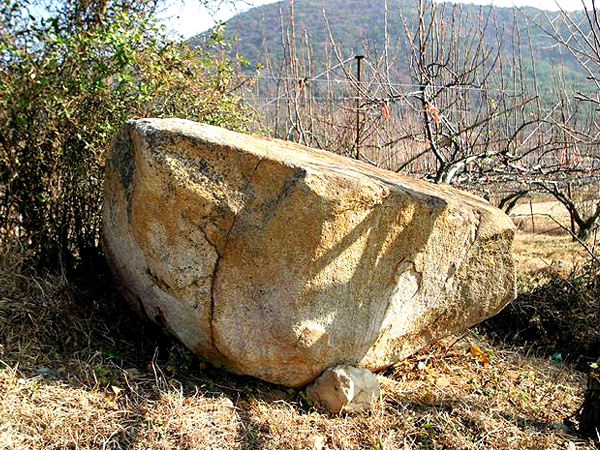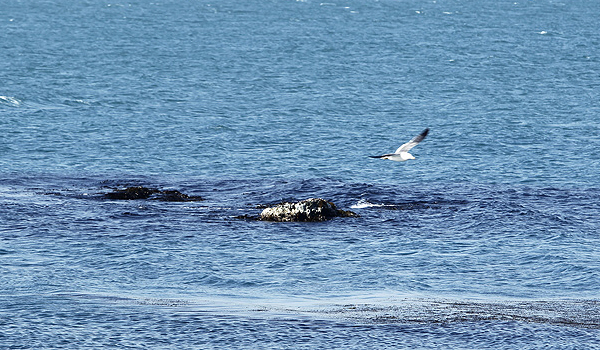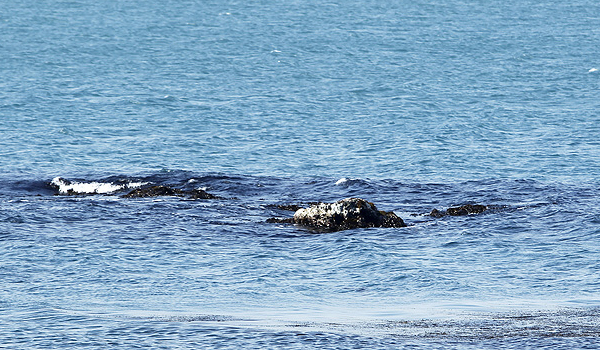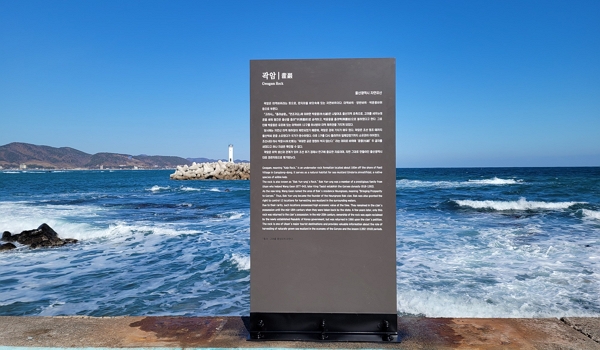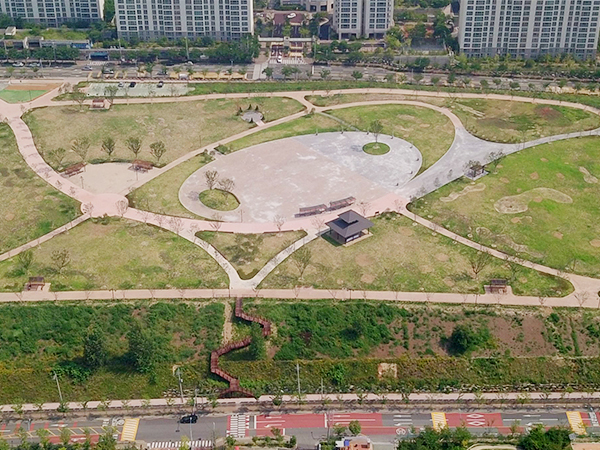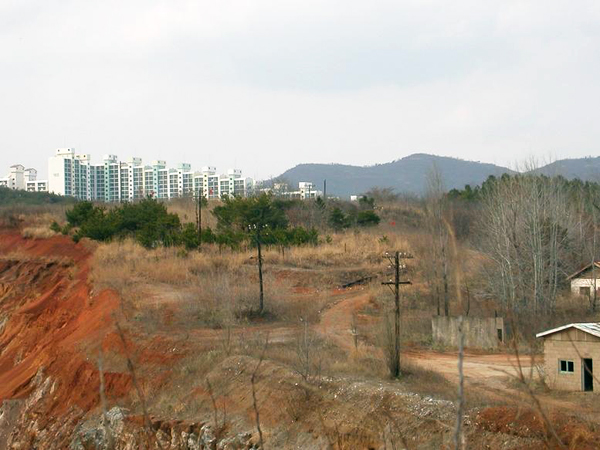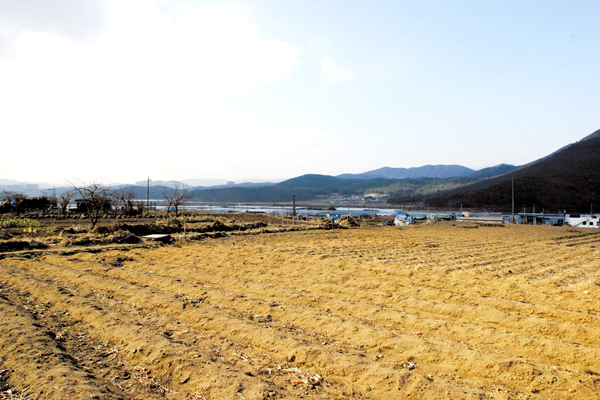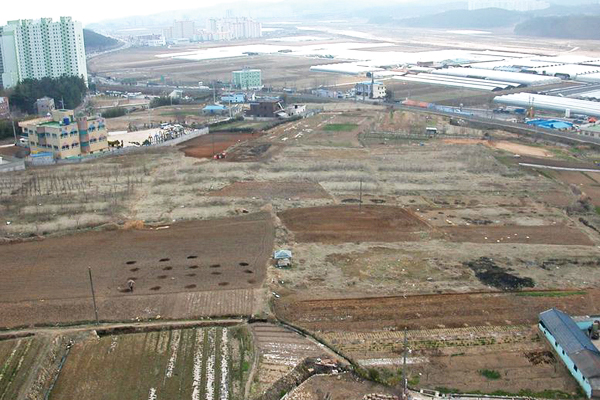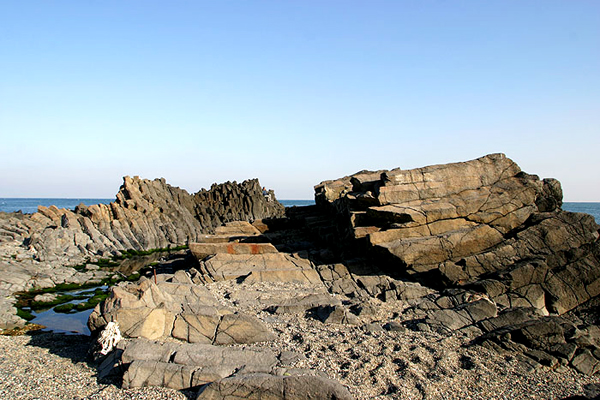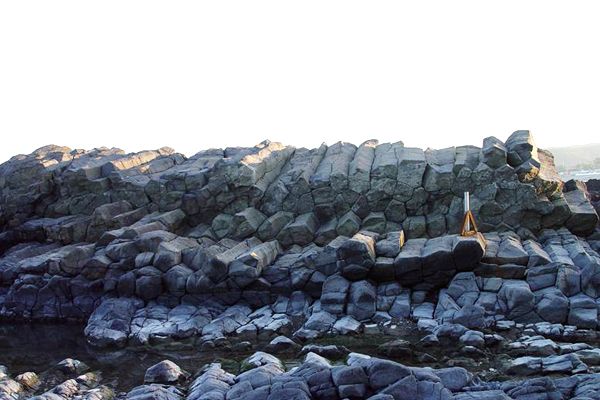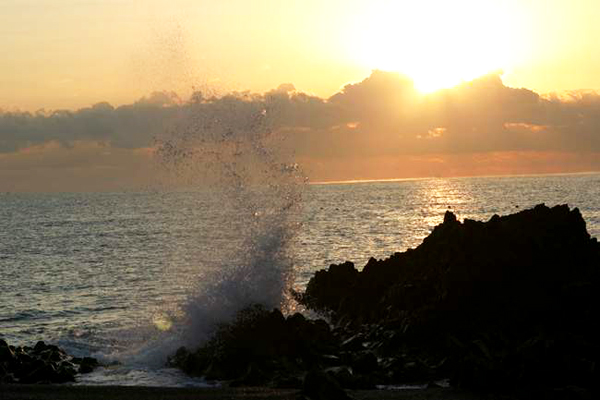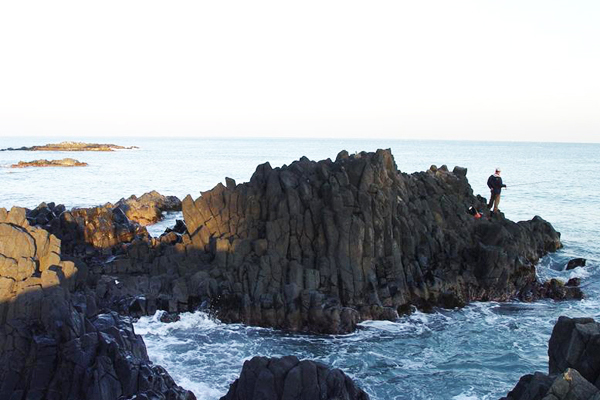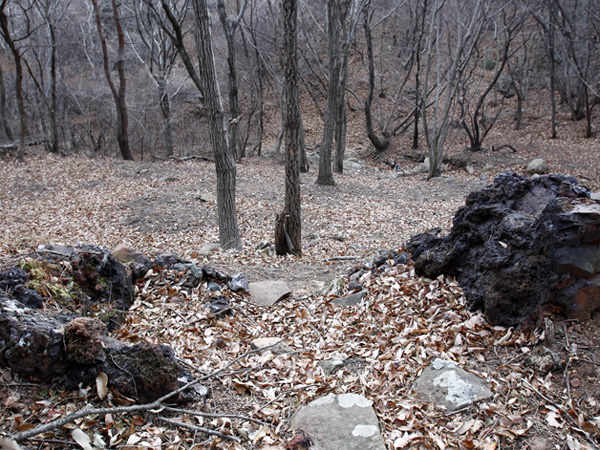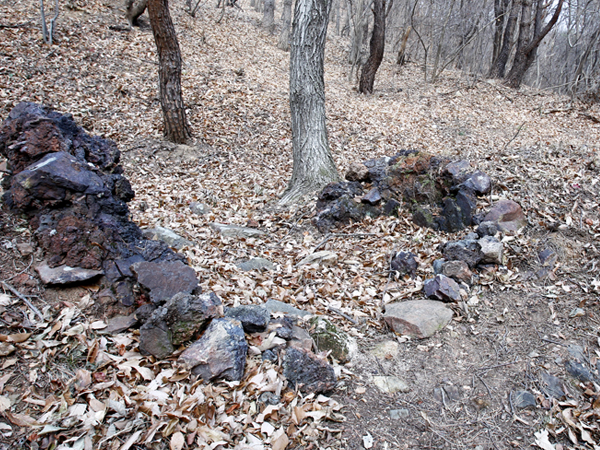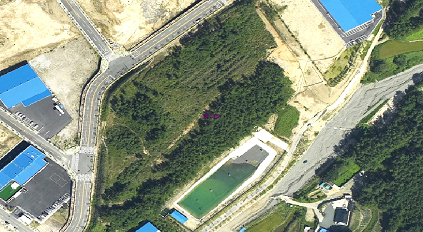New Hope, Future City Buk-gu
HOME
culture & tourism
tourism
Cultural Heritage
Cultural Heritage
Cultural Heritage
Gwanmoon castle
- National Historic Site No. 48
- Gwanmoon castle is a fortress of Silla, which is 12 km from Jungsan-Dong (Dongdae Mountain) Buk-Gu to Dudong-Myeon Wolpyeong-Ri (Chisul-Ryeong Mangbu Stone) Ulju-gun, and is Mobeolgun castle built in November, 21st year (722) of King Seongdeok to prevent Japanese raiders.
Mae Yeorae Seated Statue in Eomul-Dong
- City Designated Tangible Cultural Property No.6
- It is a work in the Unified Silla period in which the Yaksa Sculptured Triple Buddha that Ilgwang and Wolgwang Bosals are seated was highly emblazoned on a huge rom which is called Room Rock. The Yaksabul, who is the main character, has a face with a rectangular face, but the face is slightly worn but still shows a sophisticated look.
Park Sang Jin’s Birthplace
- City designated Tangible Cultural Property No.5
- Goheon, Park Sang Jin was born as the eldest son of Park Si Gyu whose family domicile is Milyang, at 355 Songjeong-dong, Buk-Gu, Ulsan, Korea on December 7, 1884, and organized Daehan Gwangbok Troop in Daegu on July 15, 1915, and developed his dazzling activities for the liberation of his country, but he was arrested by the Japanese policy in February 1917 by a deep throat of Kim Jong Kook.
Ex. Daewoongjeon of Shinheung Temple
- City Designated Tangible Cultural Property No. 9
- Ex. Daewoongjeon of Shinheung Temple was originally the main hall of the Kunheung Temple and was reported to have been founded by Myrongrangjosa in the 4th year of Queen Seonduk of Silla Dynasty (635). It was located in the deep mountains and became a base for the battle activities during Japanese Invasion of Korea (년도 삭제). It was the only temple having a record of mobilization of Buddhist monk troop in Ulsan area. It was burned during Japanese invision of Korea and was recontructed by Lee Geup in 24th year (1646) of King Incho.
Jungsan-dong tombs
- City designated monument No. 9
- Jungsan-dong tombs are large-scale tombs formed from Three Hans era to the Silla era, where other big scale tombs are concentrated. During the excavation survey in 1991, various tombstones such as Nunmudae, stone door tombs were identified and bamboo plate, a long neck jar, a short neck jar, a duck earthenware ring, and a large knife were found.
Wooga Mountain Yoopo Bongsudae (Beacon Mound)
- City monument No. 13
- It is one of beacon mound among the Beacon Fire Stations on the east coast located at the last point of Ulsan which is connected to Gyeongju passing through Yiprangpo - Aripo - Yigilgot - Hassan - GariMountain Nammok-river and Yupo. It was also used as an annex to the nearby Yupo Seokbo.
Yupo Seokbo
- City designated Monument No. 17
- According to the Chosun Dynasty Annals, this castle was built in the early of Chosun Dynasty in 1450 in order to defend against Japanese raiders. It was completed in the first year of King Sejo (1455). However, the reconstruction of stone wall was discussed in the first year of Danjong (1452) and completed in the fifth year of King Sejo (1559).
Sangan-dong Dolmen
- City designated Monument No. 30
- It is 1 unit of go-board type which is located in the field of Sindap village in Sangan-dong. The cover stone is granite and laid flat on the ground. It is 210 cm height, 170 cm width and 100 cm thickness. On the cover stone, there are 10 holy-holes rubbed with small stones. These holy-holes refer to abundance and fertility, or the symbol of the sun.
Changpeong-dong dolmens
- City designated monument No. 31
- One unit is located in the hilly part of Nangol village, Changpyeong-dong, and the other one is in the rice paddies of farmland 300meters away from the first unit. The cover stone is laid flat on the ground with granite, 210 cm in length, 210 cm in width, 90 ㎝ in thickness without a corner stone. The one in the hill is 180 ㎝ in width, 150 ㎝ in width and 90 ㎝ in thickness.
Gwakam (Seaweed Rock)
- City designated monument No. 38
- Gwakam (藿巖) is a rock that was given as a feud to general Park Yun-woong. When King WangGeon unified the latter three countries, Park was a Baron who was a member of the metamorphic castle, who surrendered to Goryeo in the 13th year of King WangGeon.
Dalcheon iron ore
- City designated monument No. 40
- It is located at San 20-1 Dalcheon-Dong, Buk-Gu and is presumed to be the origin of iron ore from Three Hans era to Chosun era, and the output of iron ore was the foundation industry of the nation, which has become the driving force of the nation in the Three Kingdoms period. Particularly, the arsenic (As) content of iron excavated in Hwangseong-Dong, Gyeongju is similar to that of iron ore of the Dalcheon mine.
Jeungsan-dong Settlement Ruins
- City designated monument No. 41
- The ruins of the Jeungsan-dong village are the relics related to the tomb of Jeungsan-dong, No. 9, which is located near the settlement area corresponding to Three Hans to the Three Kingdoms period. The settlement, the workplace, and the defense facilities were identified, including the structure, scope, and process of the settlement of this period.
Gangdong Hwaam Columnar Joint
- City designated monument No. 42
- Hwamam Columnar Joint is a ruin distributed in the beach of Hwaam (Flower rock) Hwaam-dong, Buk-Gu, which was caused by the formation of clumping cylinders in the direction perpendicular to the flow direction or isothermal plane during the cooling of the basalt lavas that erupted during the Mesozoic (3rd millennium BC) (about 20 million years ago) and has embryologically high academic value.
Daean-dong Soeburi Ruins
- City designated monument No. 44
- It is believed to have been one of the 120 units in Ulsan, Gyeongju, Miryang and Cheongdo, where they produced iron using the iron of Dalcheon Iron Field, which was the largest iron producing region in the Yeongnam region since the Three Hans Period. It is located at the foot of the mountain, with mountains and small rivers next to it, allowing for the smooth supply of fuel (charcoal) and water for the steelwork.
Maegok-dong Living Ruins
- City designated monument No. 45
- The ruins of Ulsan Maegok-dong have been excavated three times from 2002 to 2004 in the gently rolling hills extending to the south from Dongdae Mountain (444m above sea level) in the northeast of Ulsan. The characteristics of the ruins can be classified to the settlement and burial ruins of Three Kingdoms period, Koryo Dynasty and Chosun Kingdom.

